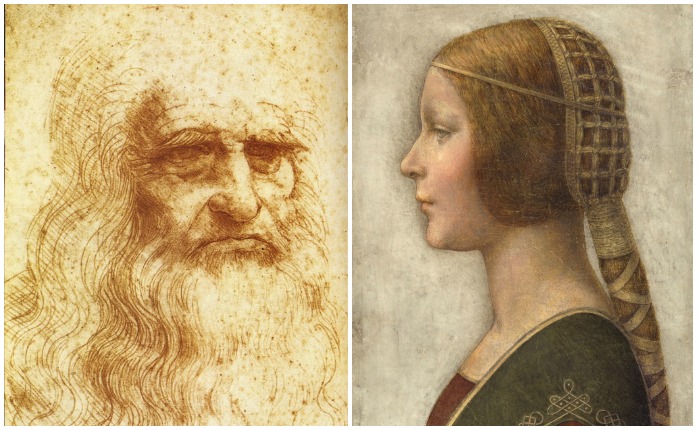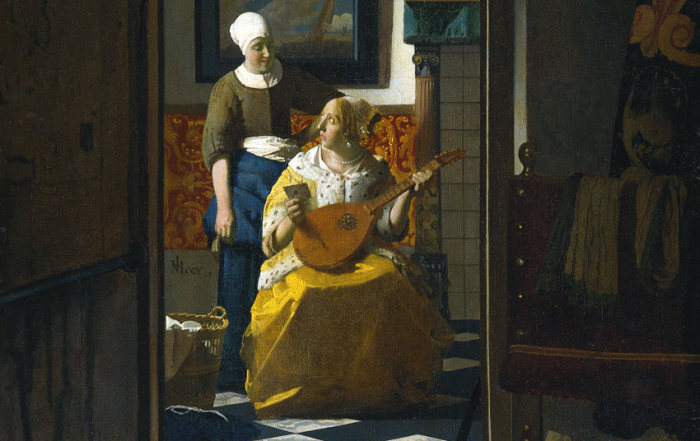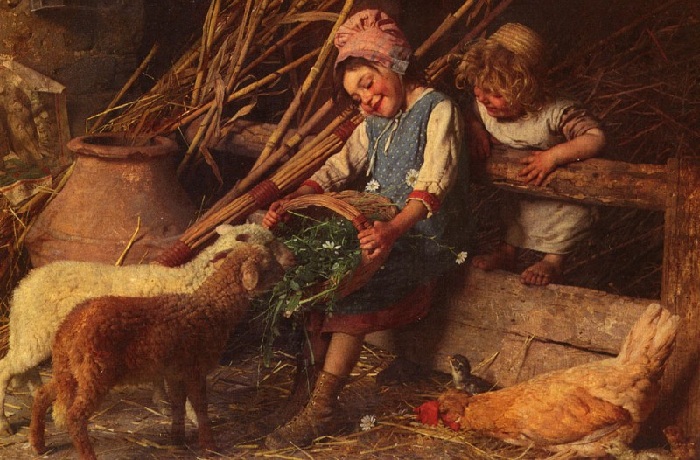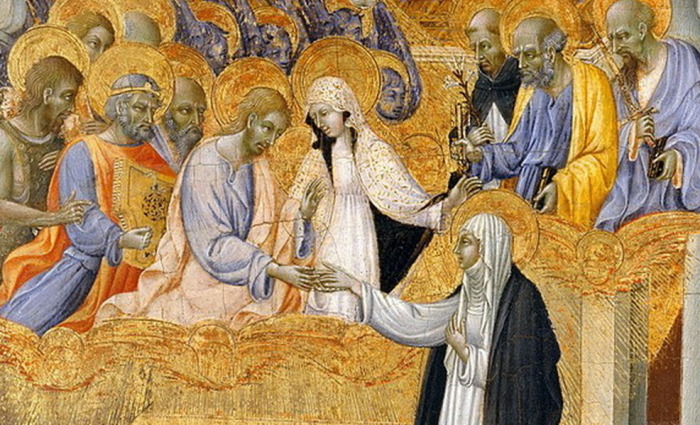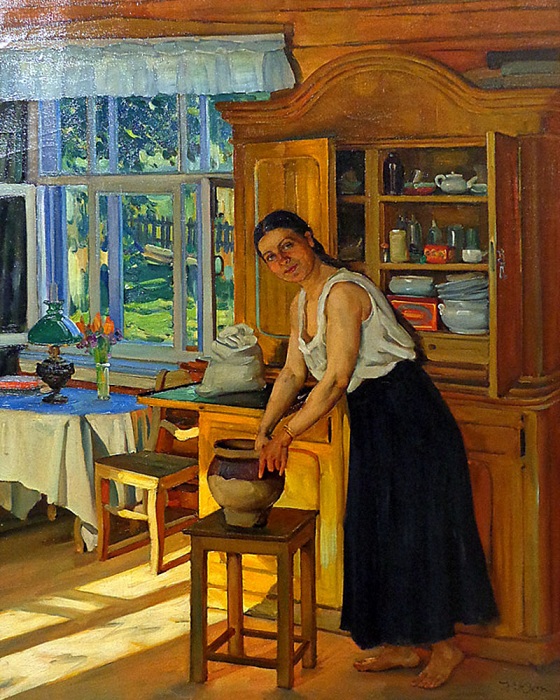personifying
Skillful fakes that museums took for originals
 Artistic fakes are a very real threat that museums constantly have to contend with. Fake artifacts appear in many museums from time to time, which can be displayed for several years before specialists realize that this is a fake. For counterfeiters, the high price tags attached to these fakes are often an incentive to continue to create fakes. Art fraudsters often go to great lengths to trick museums into acquiring their work. Some fakes are so good that it is difficult for historians and archaeologists to distinguish them from real things. Among the museums that became victims of fakes is even the famous Louvre Museum, where for many years successful copies were exhibited instead of the originals, and no one even knew about it.
Artistic fakes are a very real threat that museums constantly have to contend with. Fake artifacts appear in many museums from time to time, which can be displayed for several years before specialists realize that this is a fake. For counterfeiters, the high price tags attached to these fakes are often an incentive to continue to create fakes. Art fraudsters often go to great lengths to trick museums into acquiring their work. Some fakes are so good that it is difficult for historians and archaeologists to distinguish them from real things. Among the museums that became victims of fakes is even the famous Louvre Museum, where for many years successful copies were exhibited instead of the originals, and no one even knew about it.
Three Etruscan warriors
In 1933, the New York Metropolitan Museum of Art added three new works of art to its exhibition. These were sculptures of three warriors of ancient Etruscan civilization. Continue reading
Ciphers, signs and self-portraits: How artists of the past signed their paintings
 Not every masterpiece of painting contains the signature of the artist. There were reasons for this, both at the dawn of the Renaissance and in the modern era; they are now. Some of the works were “signed” by the masters in unusual ways – symbols in which an indication of the identity of the author was hidden. Bones, butterflies, cats appeared in the paintings for a reason.
Not every masterpiece of painting contains the signature of the artist. There were reasons for this, both at the dawn of the Renaissance and in the modern era; they are now. Some of the works were “signed” by the masters in unusual ways – symbols in which an indication of the identity of the author was hidden. Bones, butterflies, cats appeared in the paintings for a reason.
Why it was not customary to sign a work before
Having finished work, put your signature in the lower right corner of the picture – a custom that entered the practice of artists during the early Renaissance. Alas, authorship of earlier works is often not possible to establish – primarily because of the lack of signatures on them. Artists of the Middle Ages then united in workshops, and had no right to show any individualism in creativity, this was perceived as vanity. In addition, most of the works were devoted to religious subjects, and to put their own name on paintings depicting saints was akin to sacrilege. Continue reading
What impact do paintings of Savrasov, Levitan and other famous landscape painters have on people
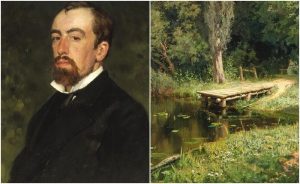 To understand these landscapes, one does not need any art education, no general erudition, or even knowledge of the name of the artist. The painting itself appeals to the viewer, causing in it long-forgotten or, on the contrary, carefully stored feelings, touches into some strings of the human soul, intimate, personal. But the emotions caused by mood landscapes nevertheless turn out to be similar to those that others experience when looking at these canvases. And also with those that once made the artist take up the brush.
To understand these landscapes, one does not need any art education, no general erudition, or even knowledge of the name of the artist. The painting itself appeals to the viewer, causing in it long-forgotten or, on the contrary, carefully stored feelings, touches into some strings of the human soul, intimate, personal. But the emotions caused by mood landscapes nevertheless turn out to be similar to those that others experience when looking at these canvases. And also with those that once made the artist take up the brush.
What are mood landscapes, and thanks to whom they arose
When, when looking at the landscape, the heart suddenly contractes, grips grips, or, conversely, a feeling of happiness arises, when it seems that the picture almost conveys sounds, the freshness of the wind, cold or heat – this is the landscape of mood. Continue reading
